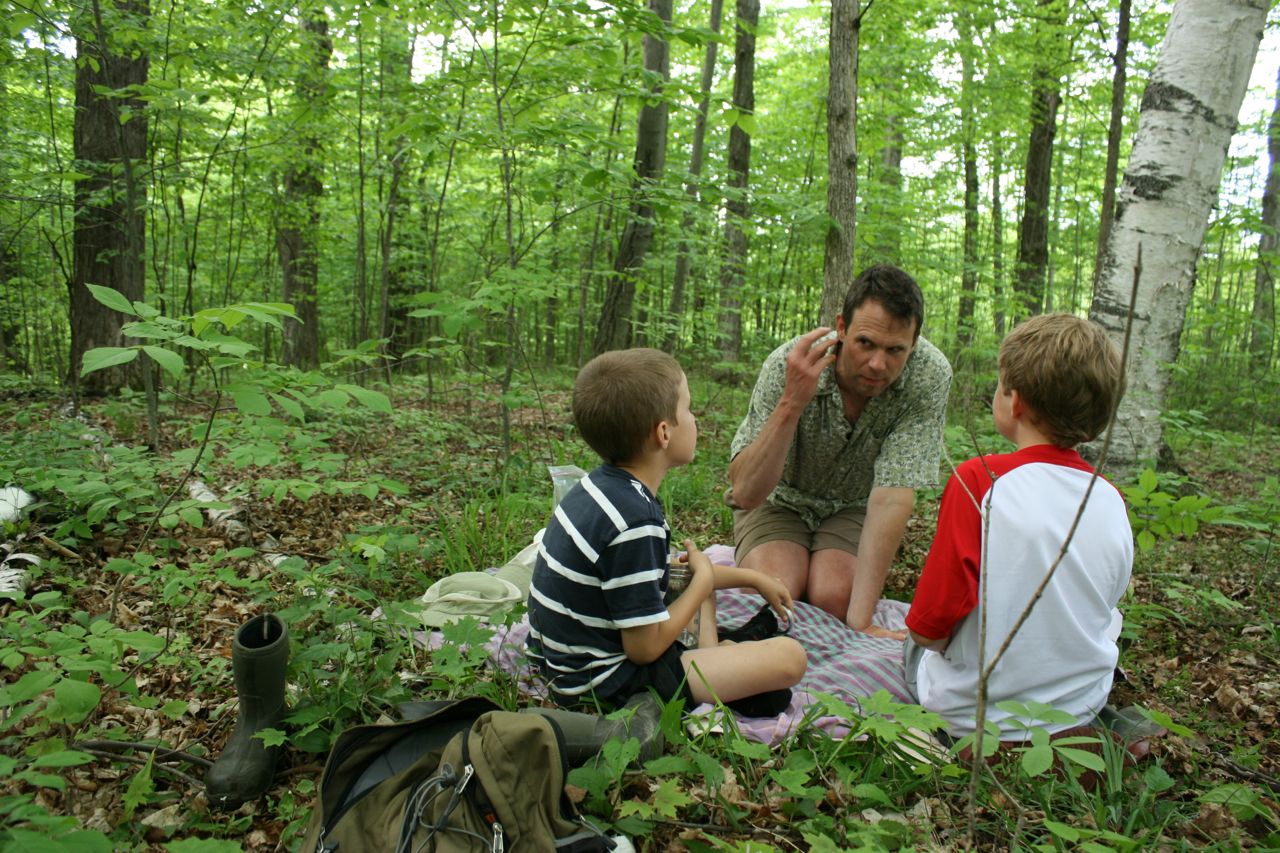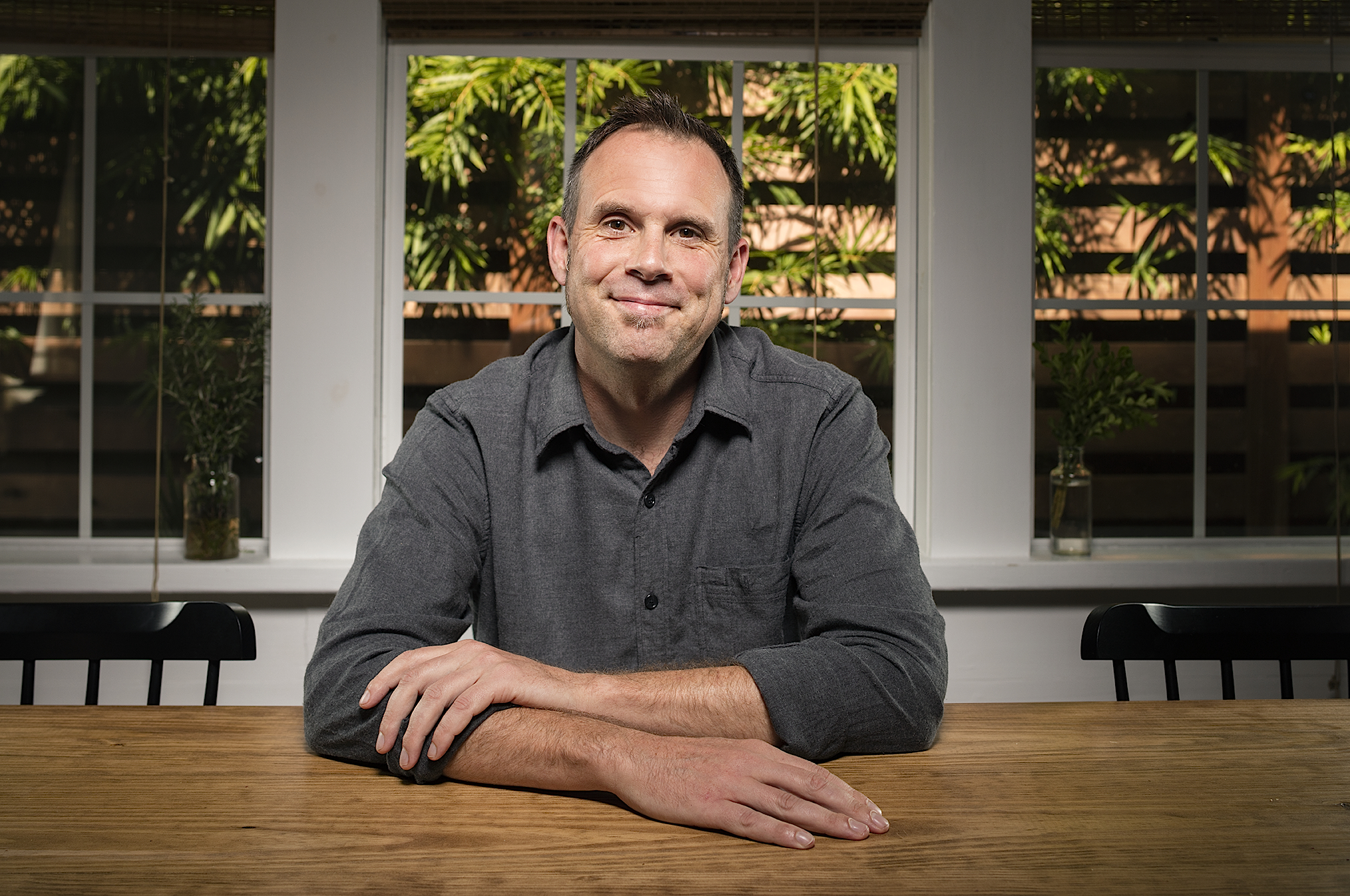How a Story Can Make All the Difference
When I teach workshops I am emphatic that storytelling is not just entertainment.I often use the term “casting spells” because in the classic sense, this is exactly what is happening. The storyteller is using words to put his or her readers in a kind of trance and then – while they are in that trance – the storyteller inspires a change.
Now, if that sounds like a lot of power – well, it is. Storytellers wield immense power – which is why I feel strongly that this power should be in the hands of the child’s parents, teachers and trusted entertainers – and not with faceless media companies who use their storytelling to create consumers. A business needs to make money and storytelling works. They know that if you tell a story, people listen – and if they storytelling is good – they will make themselves available for change.
How this works is pretty straightforward. I like the “map” image of the brain. ” There are routes that the brain uses to “think” – these are often called “neural pathways. So if the intention is to, say, feel happy – then there are some options that the brain can choose from. There is the “go outside and play” option. There is the “work out at the gym” option. There is the “eat a cupcake” option. For now, those are the options – and the cupcake bakers want you to choose the last one.
When you tell a story, you are offering your listeners engaging images that build another pathway. You are giving them a new way to get to “happiness” or “courage” or wherever they want to go. And if your child is afraid of the dark, or nervous about the first day at school, or is dealing with teasing or the death of a pet – you can give them a pathway to understanding, or resolution or peace. You give them better, more effective strategies in life. You change them.
Great power to be sure – but in the hands of people who wish their listeners freedom, peace and happiness, it is a chance to make the world a better place.
About the authors
-

David Sewell McCann
Story SpinnerDavid Sewell McCann fell in love with spinning stories in first grade – the day a storyteller came to his class and captured his mind and imagination. He has been engaged in storytelling all of his adult life through painting, film-making, teaching and performing. Out of his experience as a Waldorf elementary class teacher and parent, he has developed a four step method of intuitive storytelling, which he now shares through workshops and through this website.



